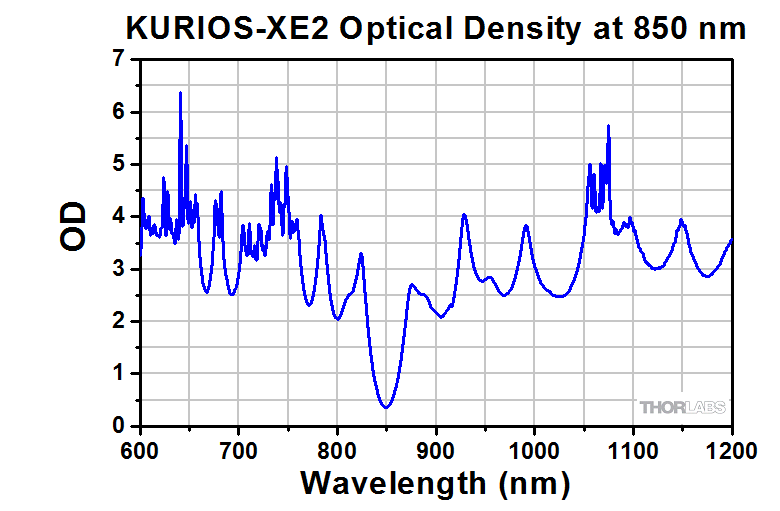Crystal characterization and crystal filter design. • Discuss and describe some available filter design software. • Crystal filter design is a rather. Crystal Ladder Filter Program 'Dishal' This Program was written to provide a simple and convenient way of calculating the necessary component values to construct crystal ladder filters of the Lower-Sideband type.

There have been articles on how to design crystal filters in magazines for years. The difficulty always centered around measuring and selecting crystals and then designing the circuit. There are several programs which can help design a crystal filter but I generally use the free AADE Filter Design program at which designs several types of crystal ladder filters. All the programs I have seen require the crystals to have identical parameters.

The measurement of the crystal parameters has been automated in the software for the AIM 4170 VNA (also in the AIM 4170 UHF and VNA 2180). Sid Meier`s Alpha Centauri Mac Os X Download. Using a small fixture with socket pins, crystals can be measured with precision at a rate of 2 to 3 per minute. Other VNA's could have the ability to automatically measure crystals but I do not know of any which have the necessary software. The table below shows the file created by the AIM 4170.
Notice that all the relevant crystal parameters are included. I generally match crystals first on Fs, Fp, and Q. Beside the obvious uses in homebrew receivers and transmitters, crystal bandpass filters can be used with other test equipment to make measurements that are beyond the capabilities of the test equipment. A spectrum analyzer with an 80dB dynamic range plus a good crystal filter can make 150+dB dynamic range measurements over specific frequency ranges. See the page on Phase Noise and Overload Testing for an example or click. Filters having passbands within the amateur radio bands are more useful for testing receivers and transmitters but common crystal frequencies must be used in order for the crystals to be inexpensive. Assuming that you are not trying to design a crystal filter for an exact frequency, the procedure is actually quite easy to do.
Crystals (not crystal oscillators) are used with the resulting filter frequency usually a few kHz different than the number stamped on the crystal case. I have found that HC-49/U crystals usually have higher Qs than the smaller HC-49/US packages. Frequencies such as 1.8432, 3.579, 3.686, 3.932, 4.000, 7.159, 7.160, 7.328, 10.000, 14.318, 18.432, and 20.48MHz are common. Also consider some of the special crystal runs by the QRP clubs for crystals in the 7.040 to 7.060, 14.040 - 14.060, and other CW frequencies which are still reasonably priced. I have built about a dozen filters and can design, construct and test one in a few hours. Here are the basic steps: 1.) Pick a frequency which is a common crystal frequency but near to the frequency you want.
10.000MHz crystals designed as series mode, 10pF parallel, 18pF parallel etc. Corruption Of Champions Save Files. All have different series resonant frequencies. The crystals cut to be used in a parallel resonant circuit will have series resonances below 10.000MHz by a few to several kHz. 2.) Buy a group of crystals to measure so that you can pick ones with similar parameters. I usually buy about 25 crystals and can easily make 2 filters.
3.) Measure and sort the crystals. 4.) Simulate the resulting filter and adjust slightly if needed. 5.) Match the filter to the desired input and output impedances using transformers or L-networks. 6.) Construct the filter using good RF construction techniques. 7.) Filter will work as expected!
Let's design a 5 crystal ~14.318MHz bandpass filter using the values in the listing above having *** next to them. The AADE Filter Design program expects ALL the crystals to have identical parameters.
I will use Rs = 5.347 ohms, Cs = 0.0186199pF, Ls = 6.6437mH (Fs = 14.312620MHz), and Cp = 4.4414pF which is an average of the 5 crystals. In the program I chose a crystal ladder filter, 5th order, Butterworth, bandwidth 3800Hz. The program produced a filter which had the 5 crystals, 7 capacitors, and expected terminal impedances of 256.1 ohms. The filter was analyzed in LTSpice which is free and available. The circuit below is the LTSpice simulation of the original filter with 256.1 ohm terminations and below it the same filter with L-networks matching the filter to 50 ohms. The matching networks absorb capacitors C7 and C8 reducing component count. Notice how LTSpice treats crystals as capacitors with value Cs and all the other crystal parameters are parasitic properties of the capacitor.